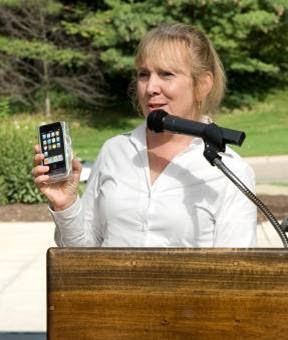The City of Cincinnati has been facing increasing pressure in regards to its policy on historic preservation, and now intends to create a special task force related to the economic development and historic preservation of one of the nation’s most important historic districts: Over-the-Rhine.
The vote is music to the ears of local preservation organizations that have been pushing for new policies in regards to historic preservation throughout the city and specifically in Over-the-Rhine. The Over-the-Rhine Foundation and Cincinnati Preservation Association first made the suggestions earlier this year and have been pushing the issue for more several years.
Interesting to note that only five of City Council’s nine members voted for the new task force. Council members Chris Bortz (C), Jeff Berding (D), Leslie Ghiz (R) and Chris Monzel (R) all voted against the measure (all four of these council members are running for reelection this November 3rd).
The move also comes on the heels of my recent appearance on City Talk Radio where we discussed (listen to the show) historic preservation in Cincinnati specifically focusing on Over-the-Rhine. During the show I discussed several critical items that must be addressed from a policy level to make historic preservation a priority in Cincinnati.
Relaxed parking requirements: Minimum parking requirements can become costly for developers working in historic districts where parking can be quite difficult to incorporate, especially for small developers. Relaxed parking requirements in historic districts can reduce cost burdens and help preserve the integrity of the neighborhoods.
Make preservation a policy priority: The City should adjust its policies to make historic preservation a priority. In cities like Savannah and Charleston they do just this by aggressively mandating preservation and even to the extent of purchasing historic properties in danger of demolition so that they can be placed in good hands and restored. City code officials need to adopt work practices that treat historic properties differently from the rest, with an emphasis on stabilization instead of demolition.
Remove the cost barriers: Relaxed parking requirements are just one way to remove the cost barriers and improve the attractiveness of investing in urban historic districts. Investment in quality public assets like parks, transportation and other infrastructure help create the dynamic urban environments that many urban dwellers demand. Investing in these improvements at the public level can make for lower capital costs for developers and/or improve the desirability of a historic neighborhood thus making price points more effective for private investment.



